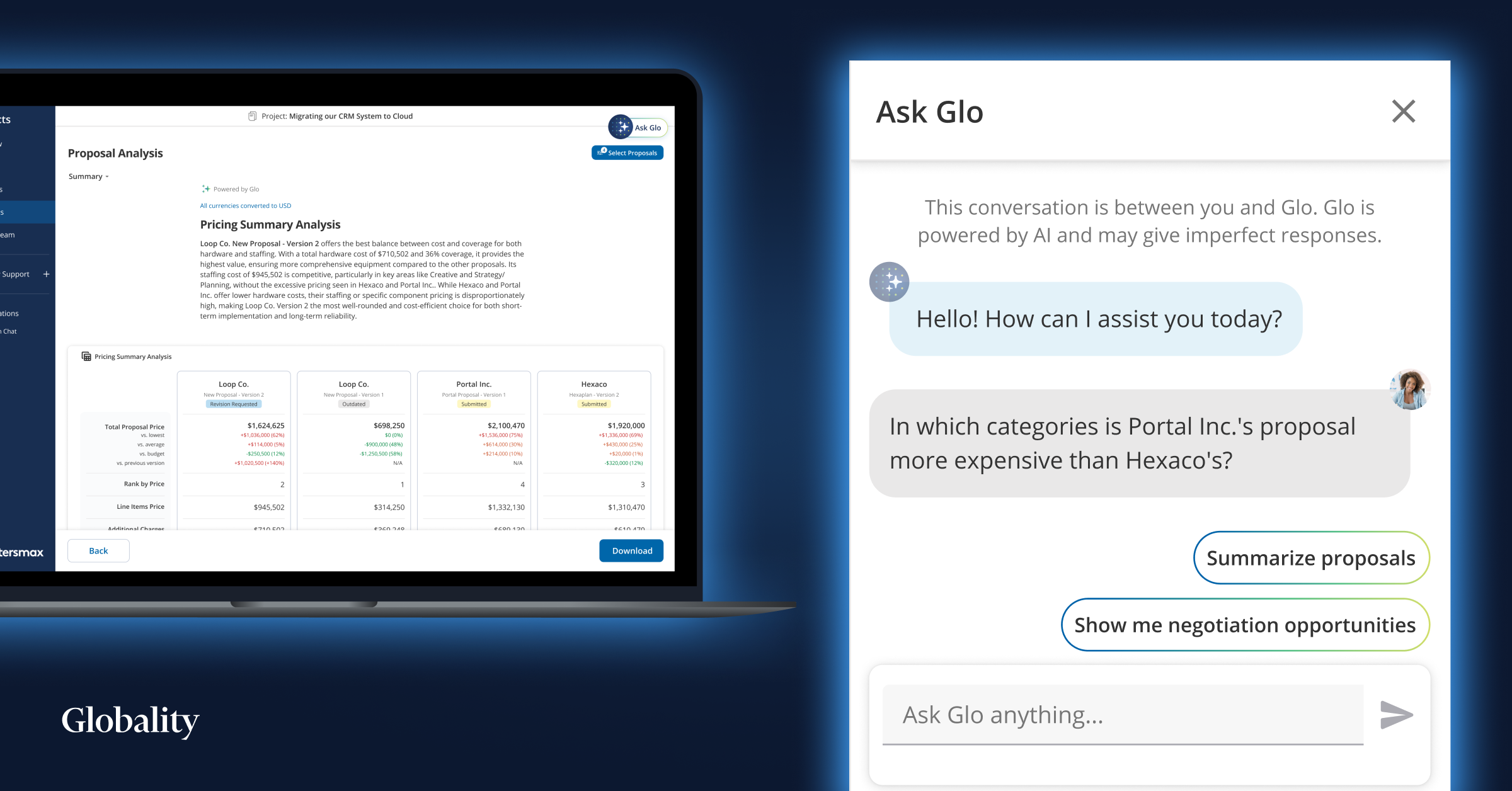Five Ways to Use Generative AI to Instantly Cut Enterprise Costs
The hype and excitement around generative AI shows no signs of abounding and rightly so – it will transform the way we do business like nothing before. But with so much being written and said about this transformative technology and the breakneck speed at which new use cases are coming to the market it can be difficult for executives to understand how best generative AI can deliver immediate benefits across their organizations, reducing Operating Expenses (OpEx) and gaining the competitive advantage that is more important than ever in today’s volatile economic environment. For example, generative AI is optimizing organizations’ buying models to unleash productivity and purpose across their company spend. Read on to discover five key use cases where generative AI can transform outdated workplace processes and drive instant improvements to the bottom line.
1. HR: A better understanding of corporate requirements
Leading HR and performance management advisor Josh Bersin says that generative AI will radically change the HR Tech landscape. Not only will systems be intelligent by design, they will have powerful conversational user interfaces, they will embed multiple AI models, and new disruptors will appear. As a result, enterprises will better understand the role of skills, culture, diversity, pay, and other factors on improvements in hiring, development, internal mobility, job design, productivity, and growth.
2. Workplace suites: Increased productivity from leading providers
As you would expect, tech giants Microsoft and Google have wasted no time in implementing generative AI into their workplace suites to enhance user productivity. Microsoft CoPilot is integrated throughout the Microsoft 365 suite, summarizing long email threads to quickly drafting suggested replies and summarizing key discussion points from Teams meetings in real time. Similarly, Google’s Workspace helps users write, organize, visualize concepts, and accelerate workflows, enabling teams to get their routine work done faster and more accurately. Slashing the 80% of workers’ time which is consumed by repetitive low-value tasks and allowing them to focus on more productive, high-value tasks means teams can accomplish more with less resources – something all companies are under pressure to do currently.
3. Design: Create content more quickly with less resource
When it comes to product design, Adobe is enhancing its Firefly suite – using generative AI models to create and transform audio, video, illustrations and 3D models. It will help professional editors cut down on the repetitive elements of their work by automating tasks such as colour levels, after-affects and inserting placeholder images and music, allowing the humans to focus on the bigger picture – literally – and be more efficient in their output – creating more content, faster and with less resource required. As Adobe’s Vice-President of AI told Forbes, the company thinks that all content will be in some shape or form, edited through generative fashions in the near future.
4. Coding: Faster output to improve speed-to-market
Accenture has highlighted how, in IT, software coders are already using generative AI to significantly boost productivity—rapidly converting one programming language to another, mastering programming tools and methods, automating code writing, predicting and pre-empting problems and managing system documentation. As well as improving speed-to-market for new products and upgrades, this will once again enable companies to reduce OpEx as their teams’ output increases exponentially.
5. Procurement: Cut costs through autonomous sourcing
Surprisingly, the area where generative AI can make the most powerful impact – improving productivity and delivering substantial savings from day one – is one which is often overlooked: procurement. Using AI-powered technology to manage company spend buys eliminates the laborious and outdated manual sourcing models that most enterprises still have in place. Generative AI helps quickly and accurately scope briefs which are then instantly matched with the best-fit supplier at the right price, enabling a business to realize cost savings of 10-20% across its company spend from day one, with efficiency gains of 70% thanks to the ability of the AI-driven platform to automate the archaic RFP process in a manner which is much more effective and scalable.
New AI-powered tech key to gaining competitive advantage
Companies can reduce their OpEx immediately and achieve more thanks to the power of AI-driven platforms and tools. This will ultimately become the new normal for businesses with fewer people making greater impact thanks to this re-setting of the operating cost of each business function with much more automation. Those who act now will realize the benefits first and gain decisive advantage over their competitors.
Check out how our Generative AI-powered bot, Glo, delivers 70% efficiency gains, 10-20% cost savings and 20X ROI.


